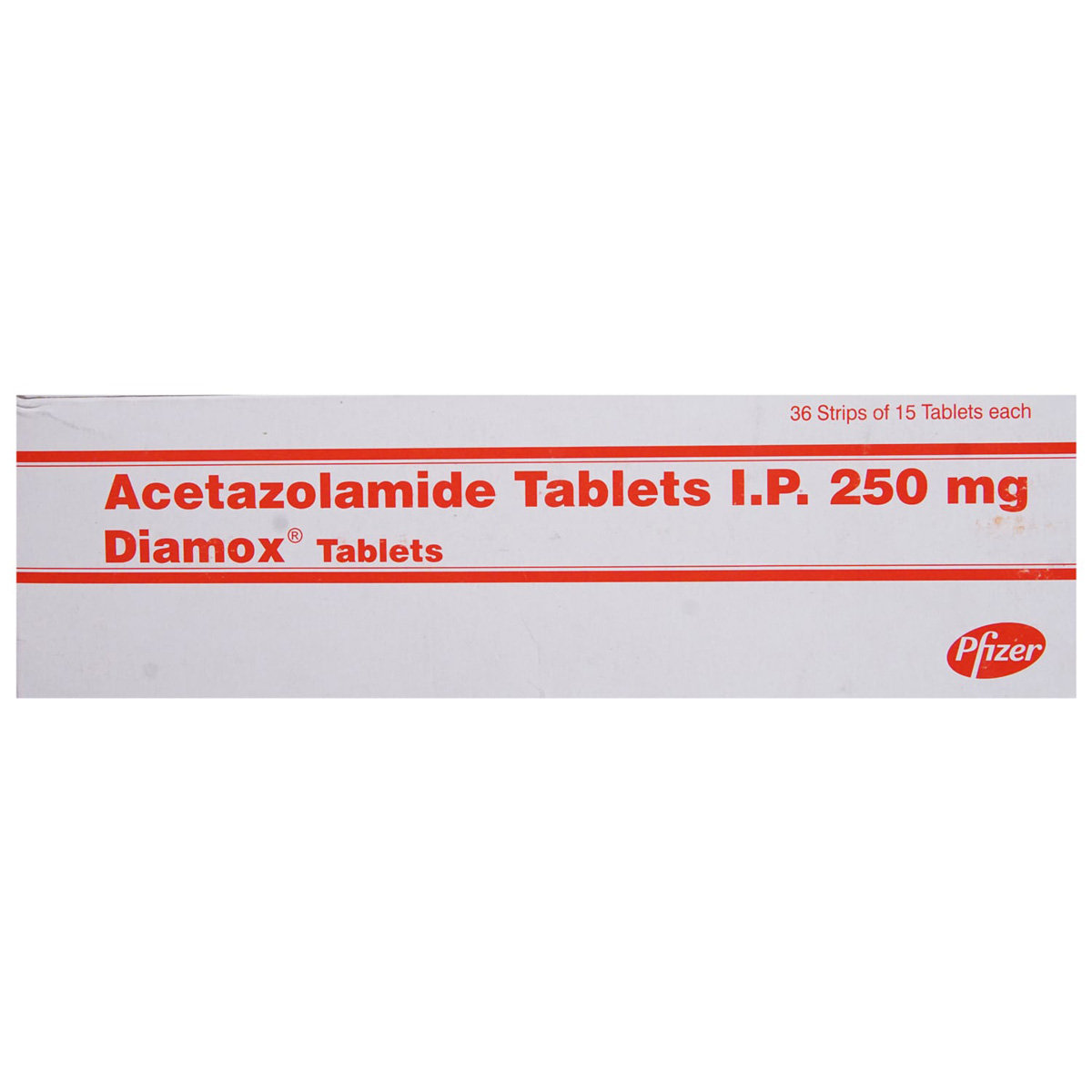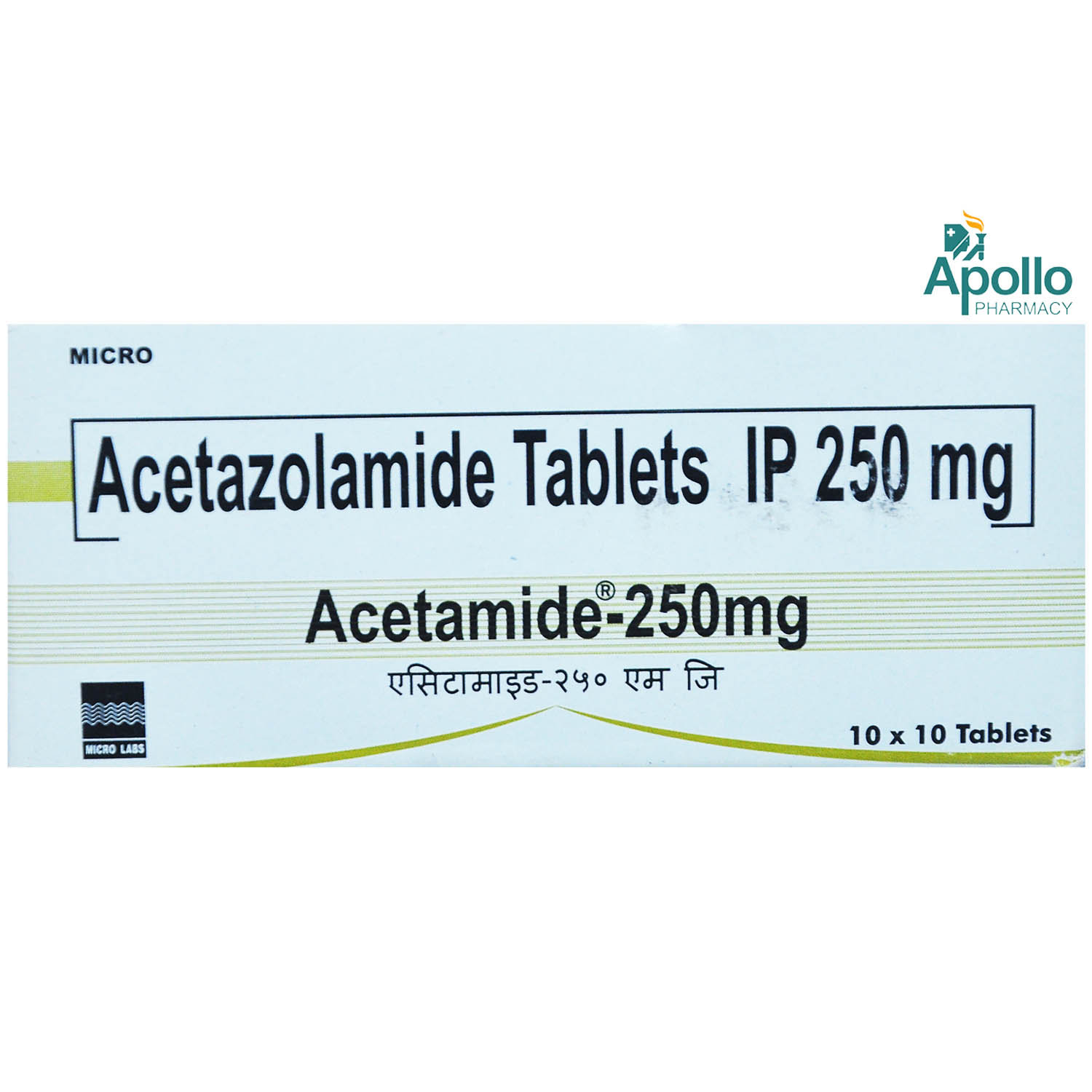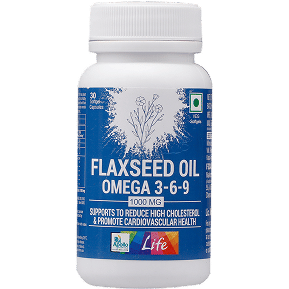Diamox Tablet






MRP ₹64.5
(Inclusive of all Taxes)
₹9.7 Cashback (15%)
know your delivery time
Provide Delivery Location
Composition :
Manufacturer/Marketer :
Consume Type :
Expires on or after :
Return Policy :
NPPA :

Secure Payment

Trusted by 8 Crore Indians

Genuine Products
Therapeutic Class
Country of origin
Manufacturer/Marketer address
Author Details
We provide you with authentic, trustworthy and relevant information
Disclaimer
Alcohol
Safe if prescribed
Avoid or limit alcohol consumption as it might lead to increased drowsiness.
Pregnancy
Consult your doctor
Diamox Tablet belongs to pregnancy category C. Avoid using Diamox Tablet if you are pregnant, think you are pregnant or planning for pregnancy. Please consult your doctor if you have any concerns regarding this.
Breast Feeding
Consult your doctor
Consult your doctor if you are breastfeeding; your doctor will decide if Diamox Tablet can be taken by breastfeeding mothers or not.
Driving
Safe if prescribed
Diamox Tablet might cause dizziness and drowsiness. Drive or operate machinery only if you are alert.
Liver
Consult your doctor
Dose adjustment may be needed. Avoid taking Diamox Tablet if you have severe liver problems. Please consult your doctor if you have any concerns regarding the usage of Diamox Tablet in patients with liver impairment.
Kidney
Consult your doctor
Dose adjustment may be needed. Avoid taking Diamox Tablet if you have/had severe kidney problems. Please consult your doctor if you have any concerns regarding the usage of Diamox Tablet in patients with kidney impairment.
Children
Safe if prescribed
Diamox Tablet is not recommended for children as safety and effectiveness have not been established.
Product Substitutes
Reference
- https://www.medicines.org.uk/emc/files/pil.2785.pdf
- https://www.drugs.com/mtm/acetazolamide.html
- https://www.medindia.net/doctors/drug_information/acetazolamide.html
- https://medlineplus.gov/druginfo/meds/a682756.html
- https://www.hpra.ie/img/uploaded/swedocuments/dcab200a-a221-43b4-9d71-5354d3cbc36a.pdf
- https://www.medsafe.govt.nz/consumers/cmi/d/Diamox.pdf
About Diamox Tablet
Diamox Tablet belongs to a group of medicines called carbonic anhydrase inhibitors used to treat glaucoma, oedema (fluid retention), epilepsy, and to treat and prevent altitude/mountain sickness. Glaucoma is an eye condition that causes damage to the optic nerve due to abnormally increased pressure in the eye. Epilepsy is a disorder of the nervous system due to disturbed nerve cell activity in the brain. Fluid retention is a condition in which fluids are accumulated in the body tissues.
Diamox Tablet contains ‘acetazolamide’, which inhibits carbonic anhydrase enzyme. This inhibitory action decreases the secretion of aqueous humour, thereby lowers intraocular pressure. Diamox Tablet inhibits the carbonic anhydrase enzyme; this helps retard abnormal, excessive discharge from central nervous system neurons, thereby helps treat certain dysfunctions of the central nervous system such as epilepsy. Diamox Tablet reduces the activity of carbonic anhydrase, thereby helps lower fluid retention.
You are advised to take Diamox Tablet for as long as your doctor has prescribed it for you, depending on your medical condition. In some cases, you may experience certain common side effects, such as nausea, vomiting, diarrhoea, headache, and increased urination. Most of these side effects do not require medical attention and will resolve gradually over time. However, you are advised to talk to your doctor if the side effects persist or worsen.
Avoid taking Diamox Tablet if you are pregnant, think you are pregnant or planning for pregnancy. Consult your doctor if you are breastfeeding. Diamox Tablet is not recommended for children as safety and effectiveness have not been established. Diamox Tablet might cause dizziness and drowsiness; so, drive only if you are alert. Keep your doctor informed about your health condition and the medicines you are taking to prevent any side effects/interactions.
Uses of Diamox Tablet
Medicinal Benefits Mweb
Key Benefits
Diamox Tablet belongs to a group of medicines called carbonic anhydrase inhibitors used to treat glaucoma, oedema (fluid retention), epilepsy, and to treat and prevent altitude/mountain sickness. Diamox Tablet works by inhibiting the carbonic anhydrase enzyme. This inhibitory action decreases the secretion of aqueous humour, thereby lowering intraocular pressure. Diamox Tablet inhibits the carbonic anhydrase enzyme; this helps retard abnormal, excessive discharge from central nervous system neurons, thereby helps treat certain dysfunctions of the central nervous system, such as epilepsy. Diamox Tablet reduces the activity of carbonic anhydrase, thereby helping lower fluid retention. Diamox Tablet may also be used to treat muscle weakness/periodic paralysis and to lower the increased pressure in the areas surrounding the spinal cord and brain.
Directions for Use
Side Effects of Diamox Tablet
- Headache
- Nausea
- Vomiting
- Diarrhoea
- Increased urination
- Loss of appetite
- Dizziness
Drug Warnings
Do not take Diamox Tablet if you are allergic to any of its contents; if you have severe kidney/liver problems, chronic non-congestive angle-closure glaucoma, Addison’s disease, if you have low sodium and/or potassium levels or high chlorine levels. Inform your doctor if you have lung problems, kidney stones, electrolyte imbalance, adrenal gland problems, diabetes, or heart problems. Avoid taking Diamox Tablet if you are pregnant, think you are pregnant or planning for pregnancy. Consult your doctor if you are breastfeeding. Diamox Tablet is not recommended for children as safety and effectiveness have not been established. Diamox Tablet might cause dizziness and drowsiness; so, drive only if you are alert. Diamox Tablet might make your skin sensitive to sunlight; therefore, wear protective clothing and sunscreen whilst going out.
Drug-Drug Interactions
Drug-Drug Interactions
Login/Sign Up
Co-administration of Cisapride with Diamox Tablet can increase the risk of an irregular heart rhythm that may be serious.
How to manage the interaction:
Taking Diamox Tablet with Cisapride lead to an interaction, please consult a doctor before taking it. Consult a doctor immediately if you experience any symptoms such as dizziness, lightheadedness, fainting, or fast or pounding heartbeats. Do not discontinue the medications without consulting a doctor.
Co-administration of Diamox Tablet with Dofetilide may increase the risk of irregular heart rhythm.
How to manage the interaction:
Although there is a possible interaction between Diamox Tablet and Dofetilide, you can take these medicines together if prescribed by a doctor. If you develop sudden dizziness, lightheadedness, fainting, or fast or pounding heartbeats during treatment with dofetilide, contact a doctor immediately. Also, inform a doctor if you experience signs of electrolyte disturbance such as weakness, tiredness, drowsiness, confusion, muscle pain, cramps, nausea, or vomiting. Do not discontinue the medication without consulting a doctor.
Coadministration of Aspirin with Diamox Tablet may cause side effects.
How to manage the interaction:
Although there is a possible interaction between aspirin and Diamox Tablet, you can take these medicines together if prescribed by a doctor. However, if you experience symptoms such as ringing in your ears, headache, nausea, vomiting, dizziness, confusion, hallucinations, or rapid breathing, fever, and seizure, please contact a doctor. Do not stop using any medications without talking to a doctor.
Co-administration of Diamox Tablet with Topiramate may increase the risk of metabolic acidosis (elevated levels of acid in the blood) and kidney stone formation.
How to manage the interaction:
Although there is a possible interaction between Diamox Tablet and Topiramate, you can take these medicines together if prescribed by a doctor. If you experience symptoms of metabolic acidosis such as tiredness, loss of appetite, irregular heartbeat, trouble thinking clearly, and rapid breathing, contact a doctor immediately. Also, if you experience signs or symptoms of kidney stones, such as sudden back pain, abdominal pain, and blood in the urine, or if you have decreased sweating or a fever, contact your doctor immediately. Do not stop using any medications without consulting a doctor.
Co-administration of Diamox Tablet with Pimozide may increase the risk of irregular heart rhythm.
How to manage the interaction:
Although there is a possible interaction between Diamox Tablet and Pimozide, you can take these medicines together if prescribed by a doctor. If you develop sudden dizziness, lightheadedness, fainting, or fast or pounding heartbeats during treatment with pimozide, contact a doctor immediately. Also, inform your doctor if you experience signs of electrolyte disturbance such as weakness, tiredness, drowsiness, confusion, muscle pain, cramps, nausea, or vomiting. Do not discontinue the medication without consulting a doctor.
Co-administration of Diamox Tablet with Dronedarone may increase the risk of irregular heart rhythm.
How to manage the interaction:
Although there is a possible interaction between Diamox Tablet and Dronedarone, you can take these medicines together if prescribed by a doctor. If you develop sudden dizziness, lightheadedness, fainting, or fast or pounding heartbeats during treatment with Dronedarone, contact a doctor immediately. Also, inform your doctor if you experience signs of electrolyte disturbance such as weakness, tiredness, drowsiness, confusion, muscle pain, cramps, nausea, or vomiting. Do not discontinue the medication without consulting a doctor.
Co-administration of Diamox Tablet with Ziprasidone may increase the risk of irregular heart rhythm.
How to manage the interaction:
Although there is an interaction between Diamox Tablet and Ziprasidone, they can be taken together if prescribed by a doctor. If you develop sudden dizziness, lightheadedness, fainting, contact a doctor immediately. Do not discontinue any medication without talking to a doctor.
Taking Diamox Tablet with Arsenic trioxide may increase the risk of an irregular heart rhythm that may be serious.
How to manage the interaction:
Co-administration of Diamox Tablet with Arsenic trioxide can possibly result in an interaction, but it can be taken if doctor has advised it. If you have any of these symptoms, it's important to contact a doctor right away: feeling dizzy or lightheaded, fainting, having a fast or pounding heartbeat, feeling weak or drowsy, being confused, experiencing muscle pain, or feeling nauseous or vomiting. Do not discontinue any medications without consulting a doctor.
Co-administration of Diamox Tablet together with Salsalate can cause ringing in your ears, headache, nausea, vomiting, dizziness, confusion, hallucinations, rapid breathing, fever, seizure (convulsions).
How to manage the interaction:
There may be a possibility of interaction between Diamox Tablet and Salsalate, but it can be taken if prescribed by a doctor. If you have any of these symptoms, like ringing in your ears, headache, feeling sick, throwing up, feeling dizzy, feeling confused, breathing fast, having a fever, or having a seizure, make sure to call a doctor right away. Do not stop using any medications without talking to a doctor.
Coadministration of amiodarone with Diamox Tablet may raise the risk of an abnormal heart rhythm.
How to manage the interaction:
Even though Amiodarone and Diamox Tablet interact, they can be used if prescribed by a doctor. If you have heart issues or electrolyte imbalances, you may be at higher risk. If you experience sudden dizziness, lightheadedness, fainting, shortness of breath, weakness, drowsiness, confusion, muscle pain, nausea, vomiting, or rapid heartbeat, get medical attention. Do not discontinue any medications without consulting a doctor.
Drug-Food Interactions
Drug-Food Interactions
Login/Sign Up
Drug-Diseases Interactions
Drug-Diseases Interactions
Login/Sign Up
The use of carbonic anhydrase inhibitors may rarely cause bone marrow suppression and blood dyscrasias at recommended dosages.
How to manage the interaction:
Diamox Tablet should be used with caution in patients with aplastic anemia ( body stops producing enough new blood cells), thrombocytopenia (low number of platelets in the blood) or thrombocytopenia purpura (low levels of platelets that prevent bleeding), leukopenia (low white blood cells in blood), agranulocytosis (extremely low levels of white blood cells), and hemolytic anemia (red blood cells are destroyed faster than they can be replaced). A baseline CBC and platelet count is recommended, as well as monitoring at regular intervals during therapy.
The use of carbonic anhydrase inhibitors is contraindicated in patients with adrenal insufficiency.
How to manage the interaction:
It should be used with extreme caution in patients with adrenal insufficency (adrenal glands don't make enough hormone, cortisol) and monitoring of electrolyte levels is recommended.
The use of carbonic anhydrase inhibitors is contraindicated in patients with closed-angle glaucoma.
How to manage the interaction:
It should be used with extreme caution in glaucoma patients.
The use of carbonic anhydrase inhibitors is contraindicated in patients with hypokalemia .
How to manage the interaction:
If you have symptoms such as constipation, extreme tiredness, muscle damage, tingling or numbness, contact your doctor immediately.
The use of carbonic anhydrase inhibitors is contraindicated in patients with hyponatremia .
How to manage the interaction:
If you have symptoms such as headache, confusion, nausea, vomiting, muscle weakness or cramps, extreme tiredness or restlessness, contact your doctor immediately.
The use of some carbonic anhydrase inhibitors is contraindicated in patients with severe kidney disease.
How to manage the interaction:
If you have symptoms such as pain, difficulty or discomfort while urinating, bad-smelling urine, cloudy or foamy urine, low back pain on one side, loss of appetite , flank pain between ribs and hips and fever not caused by an infection and that does not go away, contact your doctor immediately.
The use of carbonic anhydrase inhibitors is contraindicated in patients with marked liver disease or cirrhosis.
How to manage the interaction:
It should be used with extreme caution in patients with mild to moderate liver disease, as clearance of the drug may be decreased. A dose reduction might be needed, and monitoring of the liver function is recommended.
carbonic anhydrase inhibitors should be administered cautiously in patients with respiratory acidosis
How to manage the interaction:
It should be used with caution in patients with respiratory acidosis and in conditions such as emphysema (lung disease that causes shortness of breath), pulmonary obstruction, etc. Respiratory status should be monitored during therapy.
Carbonic anhydrase inhibitor anticonvulsants should be administered cautiously in patients with reduced renal dysfunction.
How to manage the interaction:
It should be used with caution in patients with reduced kidney function and a dose adjustment may be required based on the level of impairment.
carbonic anhydrase inhibitors should be administered cautiously in patients with diabetes mellitus.
How to manage the interaction:
It should be used with caution in diabetic patients, and regular monitoring of blood glucose levels is recommended during therapy.
carbonic anhydrase inhibitors should be administered cautiously in patients with gout.
How to manage the interaction:
It should be used with caution in patients with gout and monitoring of uric acid levels is recommended.
carbonic anhydrase inhibitors should be administered cautiously in patients with metabolic or hyperchloremic acidosis
How to manage the interaction:
Diamox Tablet should be used with caution in patients with metabolic or hyperchloremic acidosis or with conditions that lead to acidosis (renal disease, severe respiratory disorders, diarrhea).
Drug-Drug Interactions Checker List
- DIGOXIN
- WARFARIN
- METFORMIN
- GLICLAZIDE
- PHENYTOIN
- PRIMIDONE
- CARBAMAZEPINE
- TOPIRAMATE
- PREDNISOLONE
- DORZOLAMIDE
- BRINZOLAMIDE
- QUINIDINE
- LITHIUM
- CICLOSPORIN
- SODIUM BICARBONATE
Habit Forming
Special Advise
- If you are due to have any surgery, inform the doctor/surgeon that you are taking Diamox Tablet .
- Your doctor may advise frequent blood tests whilst taking Diamox Tablet .
- Regular monitoring of serum electrolyte levels is advised.
- Talk to your doctor immediately if you have thoughts of harming or killing yourself.
Diet & Lifestyle Advise
GLAUCOMA:
- Avoid intake of baked foods such as cakes, cookies, doughnuts or fried items such as French fries and stick margarine as these foods may worsen glaucoma and damage the optic nerve.
- Limit coffee intake as it may increase pressure in the eye. Replace coffee with green tea.
- Avoid exercises such as any position where the head is lower than the body, like an inverted yoga pose, as it may increase pressure in the eye. Doing selective exercises is advised for glaucoma patients.
EPILEPSY:
- Exercising regularly helps in maintaining weight and improving overall health.
- Rest well, and get plenty of sleep.
- Avoid smoking and alcohol consumption.
- Meditation and yoga can help lower stress, decrease pain sensitivity and improves coping skills.
- Have a seizure response plan to help those around you know what to do.
- Prepare your living area; small changes may help reduce the risk of physical injury during a seizure.
- Understand what triggers seizures and try reducing or avoiding them.
- Please pay attention to overall health, as it can help reduce seizure activity.
- Install an alarm or emergency device to get assistance during a seizure attack.
FLUID RETENTION:
- Limit salt intake.
- Consume foods rich in magnesium, such as nuts, dark chocolate, whole grains, and leafy vegetables.
- Include foods rich in vitamin B6, such as potatoes, bananas, meat, and walnuts.
- Potassium reduces water retention, therefore, include potassium-rich foods such as avocados, tomatoes, and bananas.
- Avoid refined carbohydrates.
- Walking can help reduce fluid retention.
All Substitutes & Brand Comparisons
RX
Out of StockActazid 250mg Tablet
Ortin Laboratories Ltd
₹30
(₹2.7 per unit)
30% CHEAPERRX
Out of StockEsmide 250mg Tablet
₹33
(₹2.97 per unit)
23% CHEAPERRX
Out of StockGromide 250mg Tablet
₹35.5
(₹3.2 per unit)
17% CHEAPER

Have a query?
Buy best Ocular products by
Entod Pharmaceuticals Ltd
Ajanta Pharma Ltd
Sunways (India) Pvt Ltd
Sun Pharmaceutical Industries Ltd
Cipla Ltd
Micro Labs Ltd
Allergan Healthcare India Pvt Ltd
Intas Pharmaceuticals Ltd
Raymed Pharmaceuticals Ltd
Nri Vision Care India Ltd
FDC Ltd
Jawa Pharmaceuticals India Pvt Ltd
Indoco Remedies Ltd
Sapient Laboratories Pvt Ltd
Senses Pharmaceuticals Pvt Ltd
Centaur Pharmaceuticals Pvt Ltd
Neomedix Healthcare India Pvt Ltd
Aromed Pharmaceuticals
Optho Remedies Pvt Ltd
Aurolab
Austrak Pvt Ltd
Lupin Ltd
Mankind Pharma Pvt Ltd
Zivira Labs Pvt Ltd
Optho Pharma Pvt Ltd
Synovia Life Sciences Pvt Ltd
Akumentis Healthcare Ltd
Eyekare
His Eyeness Ophthalmics Pvt Ltd
Protech Remedies Pvt Ltd
Runyon Pharmaceutical Pvt Ltd
Alcon Laboratories Inc
Syntho Pharmaceuticals Pvt Ltd
Alembic Pharmaceuticals Ltd
Bell Pharma Pvt Ltd
Klar Sehen Pvt Ltd
Sentiss Pharma Pvt Ltd
Irx Pharmaceuticals Pvt Ltd
Optho Life Sciences Pvt Ltd
Phoenix Remedies Pvt Ltd
Alkem Laboratories Ltd
Doctor Wonder Pvt Ltd
Hicare Pharma
Ipca Laboratories Ltd
Neon Laboratories Ltd
Okulus Drugs India
Pharmtak Ophthalmics (I) Pvt Ltd
Berry & Herbs Pharma Pvt Ltd
Glow Vision Pharmaceuticals
Kaizen Drugs Pvt Ltd
Choroid Laboratories Pvt Ltd
Indiana Opthalamics Pvt Ltd
Optica Pharmaceutical Pvt Ltd
Pharmatak Opthalmics India Pvt Ltd
Samarth Life Sciences Pvt Ltd
Vibgyor Vision Care
Mofon Drugs
Novartis India Ltd
Pharmia Biogenesis Pvt Ltd
Zydus Cadila
Appasamy Ocular Devices Pvt Ltd
Leeford Healthcare Ltd
Medivision Pharma Pvt Ltd
Orbit Life Science Pvt Ltd
X-Med Royal Pharma Pvt Ltd
Zee Laboratories Ltd
Aarma Laboratories
Guerison MS Inc
Laborate Pharmaceuticals India Ltd
Xtas Pharmaceuticals
Accurex Biomedical Pvt Ltd
Blucrab Pharma Pvt Ltd
Does Health Systems Pvt Ltd
Flagship Biotech International Pvt Ltd
Lavue Pharmaceuticals Pvt Ltd
Nutrilis Healthcare Pvt Ltd
Ursa Pharm India Pvt Ltd
Vee Remedies
Vyonics Health Care India Pvt Ltd
Warren Pharmaceuticals Pvt Ltd
Abbott India Ltd
Accvus Pharmaceuticals
Akums Drugs & Pharmaceuticals Ltd
Cadila Healthcare Ltd
Carevision Pharmaceuticals Pvt Ltd
Dey's Medical Stores (Mfg) Ltd
East West Pharma India Pvt Ltd
Eyedea Pharmaceuticals Pvt Ltd
Nimbus Healthcare Pvt Ltd
Ocuris Pharmaceuticals Pvt Ltd
Sherings Pharmaceuticals
Tarks Pharmaceuticals Pvt Ltd
Vcan Biotech
Vision Medilink
Aice Health Care Pvt Ltd
Appasamy Pharmaceuticals Pvt Ltd
Asperia Lifescience Pvt Ltd
Beatum Healthcare Pvt Ltd
East India Pharmaceutical Works Ltd
Grevis Pharmaceutical Pvt Ltd
Customers Also Bought
Recommended for a 30-day course: 2 Strips

_0.jpg?tr=q-85)






